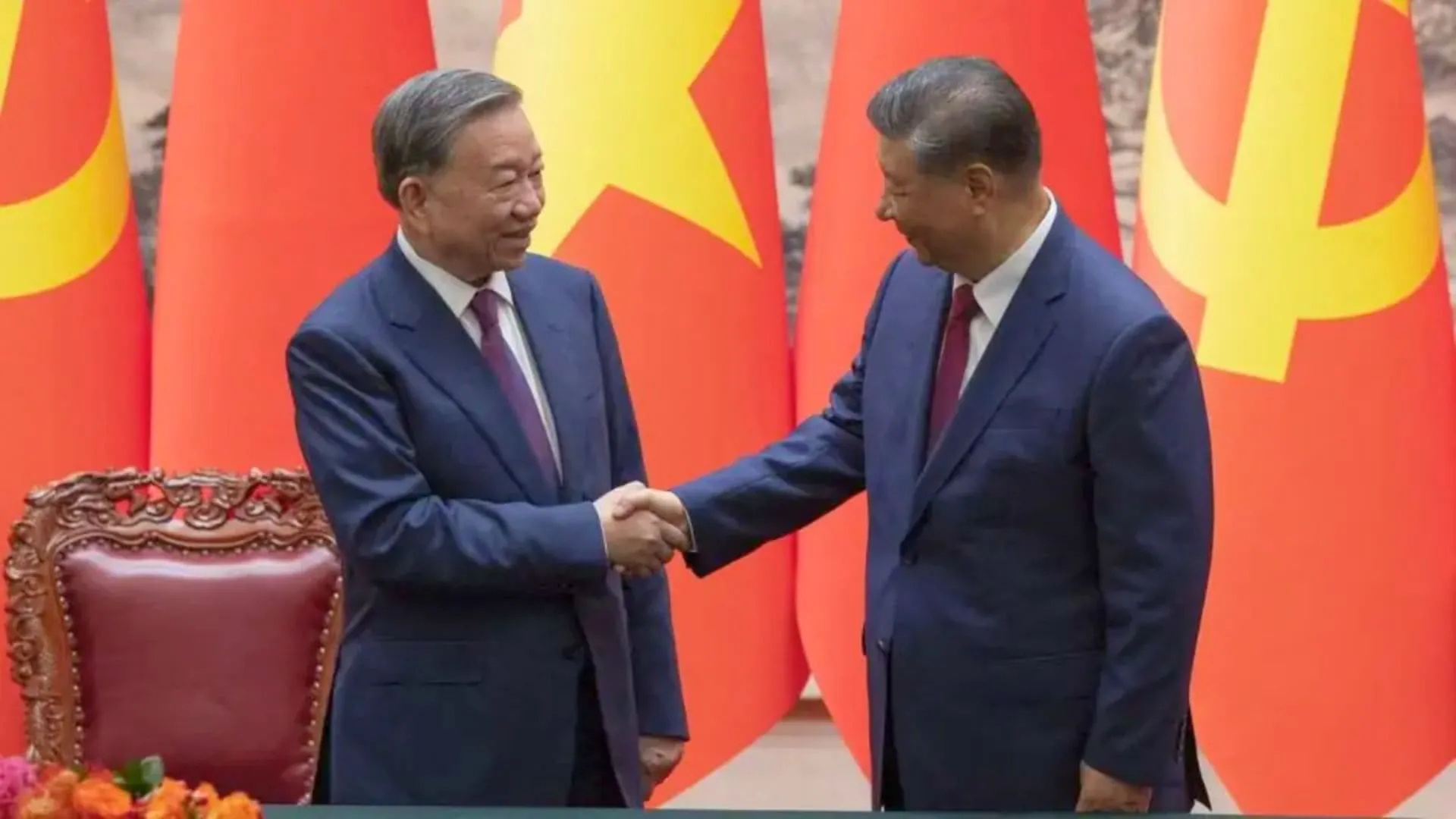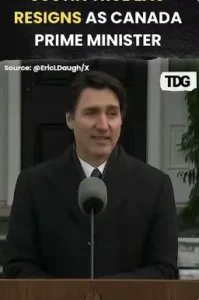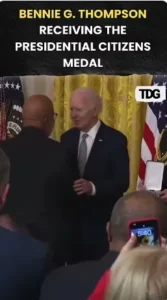As tensions in international trade rise, Vietnam stands at the intersection of great economic powers. Chinese President Xi Jinping recently visited to Hanoi which indicates China’s interest in deepening relations with Vietnam, particularly trade and supply chain ties. The action comes as the US slaps high tariffs on Chinese products, leading Beijing to look for deeper regional alliances.
At the same time, Vietnam is also making strategic concessions to America, such as reducing tariffs and sanctioning Starlink services, to neutralize the risk of trade penalties. This balancing act is a testament to Vietnam’s central position in the changing dynamics of China-Vietnam trade relations.
Xi Jinping visit to Hanoi
President Xi Jinping’s trip to Vietnam represents a major step in China’s moves to shore up regional alliances amid rising US trade pressures. While in the country, Xi Jinping underscored the value of cooperation in production, supply chains, artificial intelligence, and green technology.
The economic and trade ties between China and Vietnam are expected to rise to a new level, driven by the two countries’ highly complementary trade structures, Vietnam’s modernization drive and the growing influence of the Regional Comprehensive Economic Partnership, according to… pic.twitter.com/C8FRukRoIt
— Xi’s Moments (@XisMoments) April 14, 2025
The two countries will sign around 40 agreements cutting across the sectors of defense, security, and infrastructure, with specific focus on building rail connections between the two nations.
Vietnam’s strategic concessions to the US
In anticipation of possible US tariffs, Vietnam has been proactively acting to placate Washington. It has cut tariffs on a number of American imports, including liquefied natural gas and cars, and given the go-ahead to Elon Musk’s Starlink satellite-based internet services.
Vietnam is also strengthening its controls on Chinese goods re-exported through its borders to meet origin requirements in order to avoid additional trade tensions with the US.
Navigating the US-China trade war
Vietnam’s economic situation is closely connected to both China and the US, and it is exposed to the current trade war between the two giants. Although China is Vietnam’s largest trading partner, the US is its main export market.
This dual dependence requires cautious diplomacy to be able to have good relations with both nations. Vietnam’s recent policy changes show its attempt to balance these two relationships and protect its economic interests.
Infrastructure development
China’s offer to finance and build new Vietnamese railway lines has its opportunities as well as drawbacks. Improved infrastructure will help raise connectivity of trade, but increased Chinese presence is a cause of concern for the influence in Vietnamese internal affairs. Vietnam needs to balance economic gain with issues related to sovereignty as it looks into these infrastructure initiatives.
Being situated between two economic giants means that Vietnam needs to exercise prudent diplomacy and strategic decision-making. By reaching out to both China and the US, Vietnam tries to support its economic development while reducing risk from the global trade war. The changeable China-Vietnam trade ties will continue to influence Southeast Asia’s economic situation.























